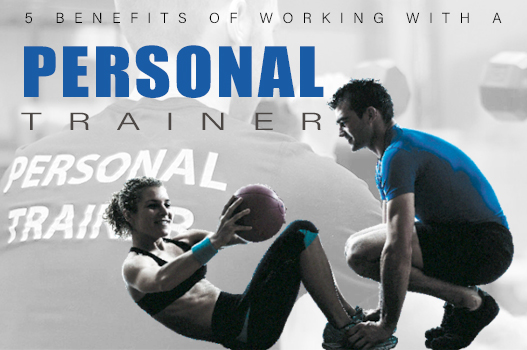Hiking, Running And Pumping Iron: My Journey To The South Pole

There is an enduring image of Explorers, in particular those
people visit the polar regions. And when you see pictures wouldn’t you agree
that many of them look, well, a little bit fat? It’s fine for you to agree –
for a long time it was assumed that for any major expedition required you to
carry a very large reserve of, shall we say carbohydrates, (normally around
your waist, making you look like a polar bear that’s gorged on seals).
In the past I subscribed to this idea.
As it turns out, the information was all wrong! And I should’ve
known this. Many years ago, I went on a course in the British Army and it was
incredibly hard. At the time I carried minimal body fat and instead was very
muscular and slim. The course required me to travel exceptionally long
distances every day with increasingly heavy weights in my backpack.
As you expect I lost some weight during that time on the course.
But almost none of it was fat, in part because I didn’t really have much to
burn.
The Fat Myth Dispelled
When I first started to prep for my 2016 ski to the North Pole I
ran, a lot. Some of my weekend runs would cover distances of up to 18 miles and
I hiked too, regularly covering 12+ miles whilst carrying a 45lb ruck.
When I finally finished skiing to the North Pole I was flown to
the island of Svalbard and made my way to a warm and welcoming hotel room to await
my flight home. I walked into my room, closed the door behind me and stripped
off. Although a shower should have been first order of the day, I wanted to see
how much weight I’d lost.
I stood in front of the full-length mirror and inspected my body,
which might seem a little bit vain, but I was intrigued about the stories of
huge weight loss during these long trips.
I was quite surprised to see that far from being malnourished, I
looked ripped; I could see my abs and my muscles looked toned! Oh, for a return
to that day.
Sadly, that glorious state of affairs was a short lived
experience! I like my pies way too much.
When I crossed Greenland in 2018, I was overweight. This wasn’t a deliberate
attempt to store up carbohydrates, instead it was simply recognition of the
fact that I was carrying pretty serious injury (which I didn’t fully appreciate
at the time) and then piled on the pounds.
During the 600 km ski I lost 18 kg of weight. Skinny jeans became
my new best friend, but, like the aftermath of the North Pole ski, only for a
short space of time!
Fortunately, some of my injuries are healed and, in preparation
for my South Pole solo, I’ve been following a dedicated plan to get fit for the
trip.
Here is a breakdown of my training plan:
Running
I love running. Sadly, numerous injuries and the fact that I’m a
reformed smoker have slowed me down much more than I’d like. I’m 48 years old and,
when I really push myself, can get my pace down to about six minutes 40 seconds
per mile. This speed can normally be maintained from about 3 miles done.
Most of the time I aim to run between seven- and eight-minute miles.
When I go cross country, distance got down to about nine minutes per mile.
Periodically I’ll cover much longer distances of up to 20 miles, but the key
consideration for me is cardiovascular endurance and not covering huge mileage.
My average long runs are currently 10 miles.
I’ve only run three days of the week.
Hiking
My hikes cover a minimum of 10 miles, with the longest being
around 20 miles. I like to mix up the training with a combination of trails and
big hills.
In order to replicate the experience of wearing a harness for my pulka,
I carry a rucksack. The minimum weight on my back is 30lb, the maximum 50lb.
Hiking is a great alternative activity for building a solid
foundation of fitness.
I tend to go on at least two hikes per week.
Bodybuilding My Way To The South Pole
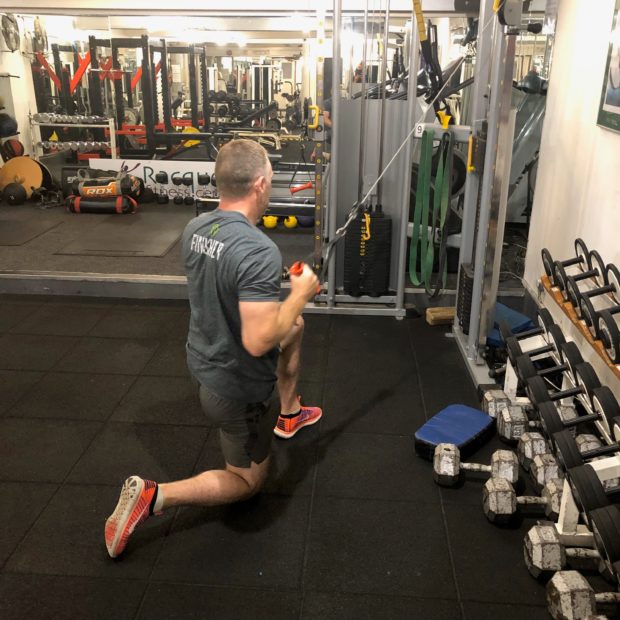
Okay, I’m not really a bodybuilder. Instead what I’m aiming to do
is build up as much strength as possible in my legs. I also work my upper body
pretty hard not because I want to look good when I’m topless at south pole (I’m
not sure you’re allowed to strip at the Pole, maybe I should try and find out).
The aim of building up strength and muscle is to ensure that I am
capable of manhandling my pulka over difficult terrain (an absolute must if
you’re going to ski to the North Pole where you frequently need to drag your pulka
over pressure ridges and ice rubble).
Although the terrain in is Antarctica is less rugged, strength is
still an important consideration that needs to be factored into any training
programme. But the focus is a little different.
I have a personal trainer called Jack, he works in Racquets
fitness centre in Thame and he tortures me! His training plan consists of heavy
workloads on my legs, with shorter, yet still very hard, workouts for my upper
body. Raw strength is a key requirement.
In addition, he’s put together a program that incorporates a lot of ‘push pull’ exercises. What I mean by that is I work opposing muscles in one continuous routine. For example, chest and back muscles are worked through a combination of bench presses, pull down and other tortuous functional bodybuilding routines.
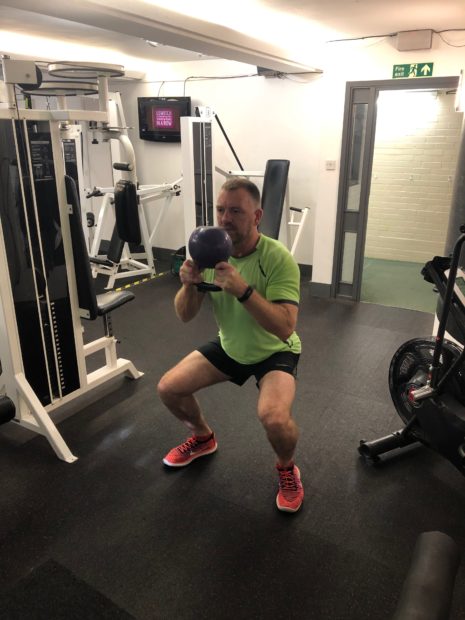
His current favourite ‘work to failure’ exercise is to finish each
superset on the Ergo skiing machine. Jack tends to throw in an all-out sprint
on this contraption to finish me off after each superset. I hate that machine
therefore it must be beautiful!
Honestly, gymnasiums are the modern-day equivalent of the tower of
London’s torture devices and I love them.
Is That The Only Training Used To Prepare For The South Pole?
No, there are number of other very specific exercises that I use
in preparation for the trip. Most weekends you see me out hauling tyres through the countryside surrounding Thame. I wear a harness, the
same model as I’ll use on the journey across Antarctica, attached to 2 tyres.
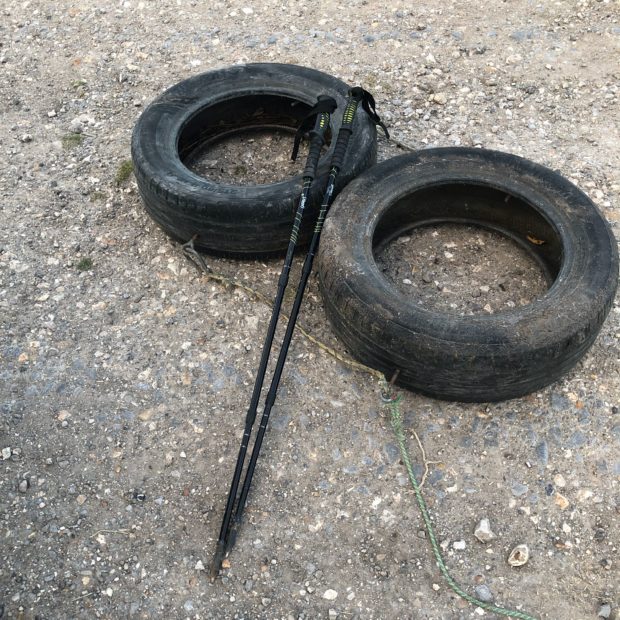
The entire rig in then hauled for miles and miles across roads countryside. The basic idea is that the tyres mimic the effects of pulling a pulka. And they do, the friction and jarring effect are identical to pulling a sledge.
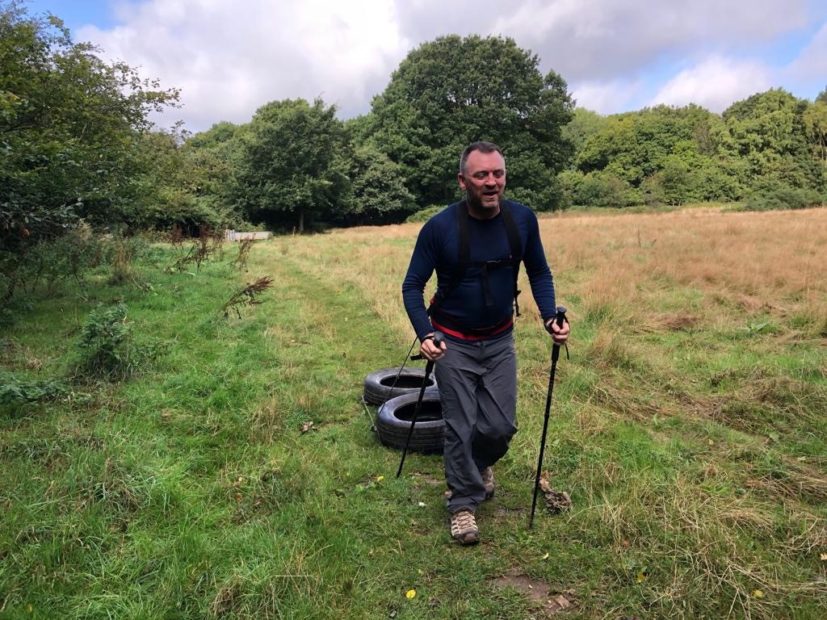
Cycling is another important exercise in my training regime. Until
recently I used to deflate my tyres to about 50% psi. The aim here was to
exercise my leg muscles really hard as cycling has been shown to work exactly
the same muscles as you use for cross country skiing.
Recently, a friend of mine suggested that I try a different
approach to cycling. He recommended that, instead of letting down the tyres, I
try pedalling at a low cadence in a high gear. So, I did, and the effects were
amazing – every workout is hard and after a two-hour ride I’m toast.
What Other Exercises Do I Use?
There is one vital exercise, one you’re possibly not too aware of:
preparing the mind.
Any long-distance hike or expedition can play havoc with your
head, even when you’re working as part of the team. Travelling in a group
provides an opportunity to speak to the colleagues, relieve the tension and
generally feel like part of a well-oiled team. When the weather comes in and
you pull on your hood you are cocooned and there is less opportunity to
communicate with your friends and colleagues. Even at this point, when you have
little less contact with your fellow human beings, but there’s still no true
sense of isolation.
Now compare this to skiing into a powerful storm, one so violent
that you’re forced to cover your face with a buff or balaclava. You’re heading
in powerful headwinds that muffle even the loudest of sounds. On top of this
you’re definitely be wearing googles to prevent tiny particles of ice grinding
into your eyes and leaving them raw and enflamed.
It’s at this point your world becomes very insular. Communication
with your teammates only happens when you come to a halt. And the time you have
is only brief, normally a maximum of 10 minutes before you set off again and
your senses are once again dulled.
On every trip, or expedition that I’ve been on I’ve gone through
the significant amount of mental preparation. Much research has been carried
out into mental practise and expert documents show that thinking through a particular
action will bring about improvements. One often referenced example is the
deliberate mental practise used to improve the basketball skills of a group of
test subjects.
Here’s an example of the visualisation I’ve used in the past:
hillwalking up Penn Y Fan. In my mind I envisaged the process of striding uphill,
my arms pumping and my breathing steady and strong. I imagined the feeling of
the ground underfoot, felt my muscles tense and relax with each step.
Taking this process one step further, I pictured the steps I would
go through to pitch my tent. This solidified the process in my mind and made
the task second nature, which is useful when erecting your tent in a storm.
Visualisation might seem a little bit crazy, but once at routine
is fixed in my mind physical acts such as hiking, putting up a tent or even
lighting a stove seem so much simpler.
In a similar vein I prepare my mind for the extremes of loneliness
and isolation. I recall what I consider to be my purpose I’m remind myself why,
even when it’s obvious that every step might be painful, I’m on this journey.
Although being physically fit is absolutely essential you don’t
need to be an Ironman competitor. Over the years I’ve met many people on my
journeys, some of them on short hikes of only a day or two, to others working
on major long-distance events. Every success story I’ve heard has been
accompanied by a smile.
It’s behind those smiles that lies the source of success: mindset.
Being fit will definitely make your life easier, but it doesn’t guarantee you’ll
finish your journey. When your mind is prepared and ready, when you understand
the hardships and have visualised what it takes to succeed then you’re in a
much better place to be one of those people who cross the finish line, unaided
and with no bits of your body missing!
The combination of hiking and pumping iron might seem like
unlikely counterparts in a hiker’s training plan, but the pairing works. Try
it.
I just like to thank Simon for letting me post this article. If
you want to know more about myself, my journeys and plans you can find me over
on my website https://jamesredden.co.uk, and if you want to find out more about the war, training
methods, and gear reviews come on over to my website Treksumo.com
Thank you for taking the
time to read this, hopefully I’ll see you all soon.





